Genghis Khan The rise of the Mongol Empire
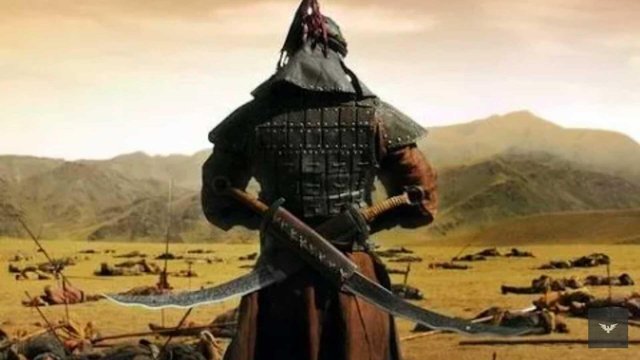
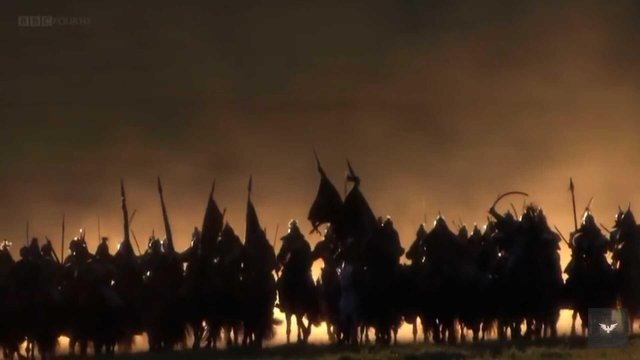
Genghis Khan] Mongolian. 1162 August 18, 1227, born Temijjin, is the founder and Great Khan (Emperor) of the Mongol Empire, who became the largest contiguous kingdom in history after his death. He came to power by bringing together many nomadic tribes in Northeast Asia. After establishing the Empire and proclaiming "Genghis Khan", he initiated a Mongol invasion that conquered most of Eurasia. "The campaign initiated during his lifetime included campaigns against Qara Khitai, Caucasus and Khwarazmian, the Western dynasty of Xia and Jin.Strung by a massacre of civilians especially in Khwarazmian and the western-controlled areas of Xia At the end of his life, the Mongol Empire occupying most of its territory, Central Asia and China.
Before Genghis Khan died, he established Ogedei Khan as his successor and divided his kingdom into khanat among his sons and grandchildren. He died in 1227 after defeating the Western Xia. He is buried in an unknown tomb somewhere in Mongolia.
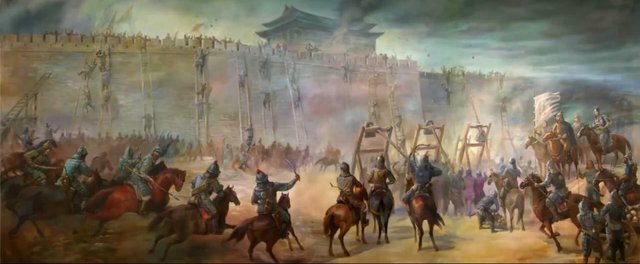
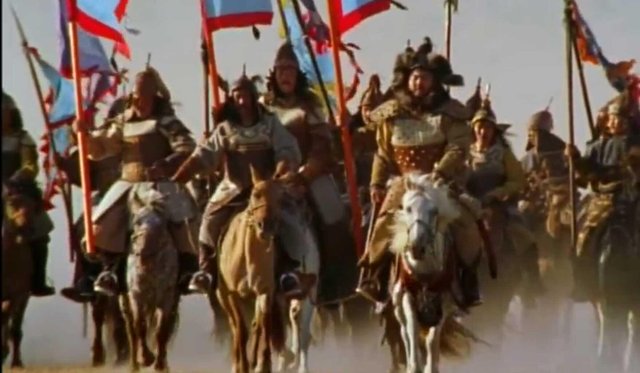
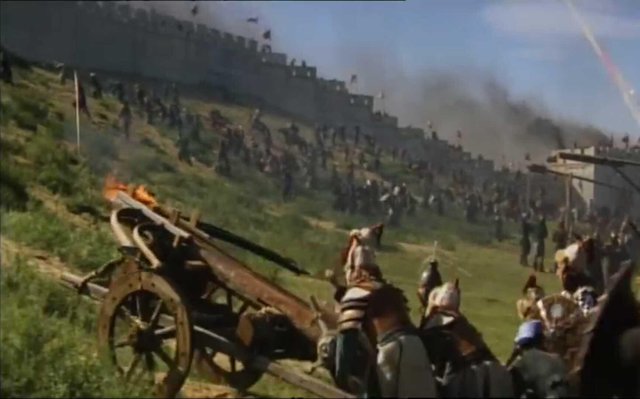
His descendants expanded the Mongol Empire in much of Eurasia by conquering or creating subordinate nations in all modern China, Korea, the Caucasus, Central Asia, and large parts of modern Eastern Europe, Russia and Southwest Asia. Many of these invasions repeat the previous large-scale massacres of the local population. As a result, Genghis Khan and his empire have a frightening reputation in local history.
Beyond his military accomplishments, Genghis Khan also advanced the Mongol Empire in other ways.
He decided to adopt the Uyghur script as a system of writing the Mongol Empire. He also practices meritocracy and fosters religious tolerance in Indonesia the Mongol Empire while unifying e nomadic tribes of Northeast Asia. Present-day Mongolians regard him as the founding father of Mongolia.
Although known for the brutality of his campaigns and considered by many to have been a genocidal ruler, Genghis Khan is also credited with bringing the Silk Road under one cohesive political environment. This brought communication and trade from Northeast Asia into Muslim Southwest Asia and Christian Europe, thus expanding the horizons of all three cultural areas.
Main article: Mongol military tactics and organization
Reenactment of Mongol battle
Genghis Khan put absolute trust in his generals, such as Muqali, Jebe and Subutai, and regarded them as close advisors, often extending them the same privileges and trust normally reserved for close family members. He allowed them to make
own decision when they Empire capital Karakorum. Muqali, a trusted lieutenant, was commanded by the Mongols against the Jin dynasty while Genghis Khan fought in Central Asia, and Subanai and Ran ', an idea they presented to Khagan on their own initiative. While giving his generals great autonomy in making command decisions, Genghis Khan also expects a steadfast loyalty from them. The Mongol military also succeeded in siege battles, cutting off resources for cities and towns by diverting certain rivers, taking enemy prisoners and riding them in front of the army, and adopting new ideas, techniques and tools from people which they conquered, employing Muslim and Chinese siege engines and engineers to help the Mongol cavalry in capturing the city. Other standards
tactic of the Mongol military wast e commonly practiced feigned retreat to break enemy formations and to lure small enemy groups away from the larger group and defended position for ambush and counterattack.
Another important aspect of the military organization of Genghis Khan was the communications and supply route or Yam, adapted from previous Chinese models. Genghis Khan dedicated special attention to this in order to speed up the gathering of military intelligence and official communications. To this end, Yam waystations were established all overthe empire.
In addition to most of the Mongol nobility up to the 20th century, the Mughal emperor Babur's mother was a descendant. Timur (also known as Tamerlane), the 14th century military leader, and many other nobilities of central Asian countries claimed descent from Genghis Khan. During the Soviet purge most of the Mongol nobility in Mongolia were purged.
Resteemed your article. This article was resteemed because you are part of the New Steemians project. You can learn more about it here: https://steemit.com/introduceyourself/@gaman/new-steemians-project-launch